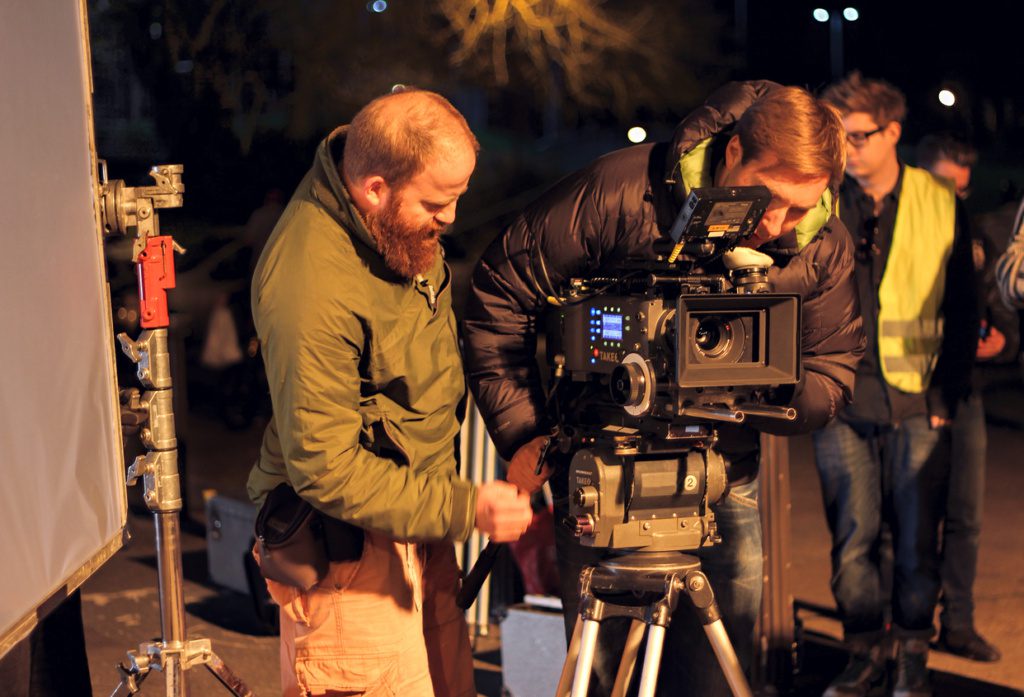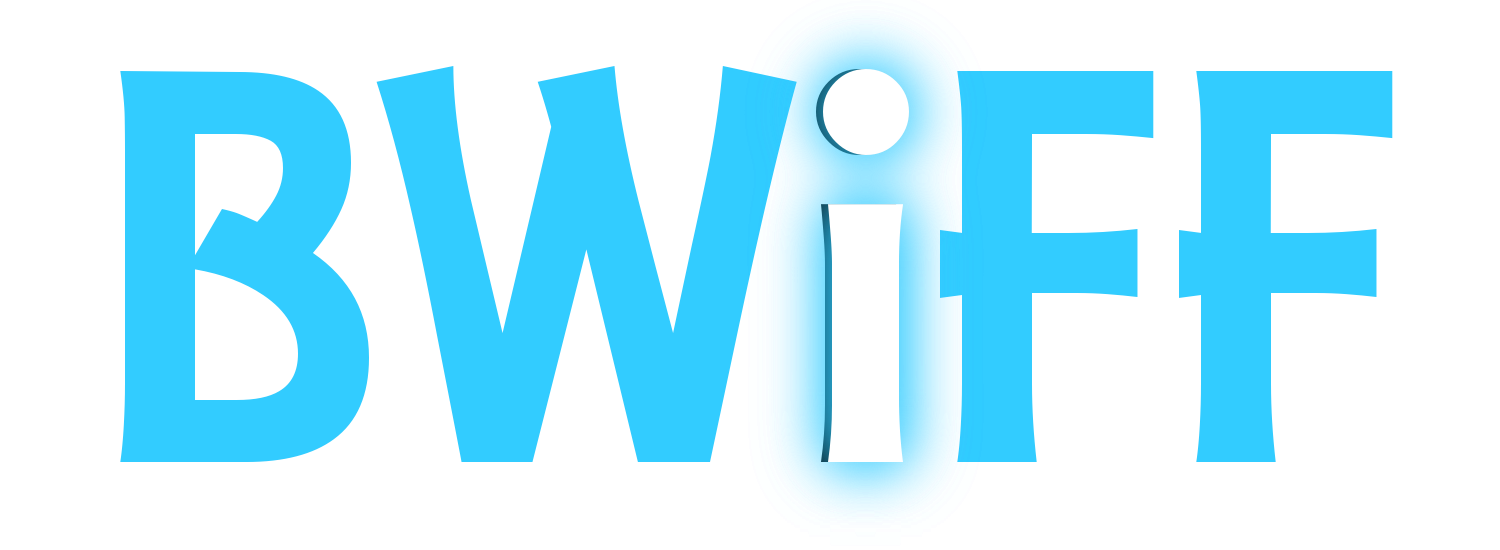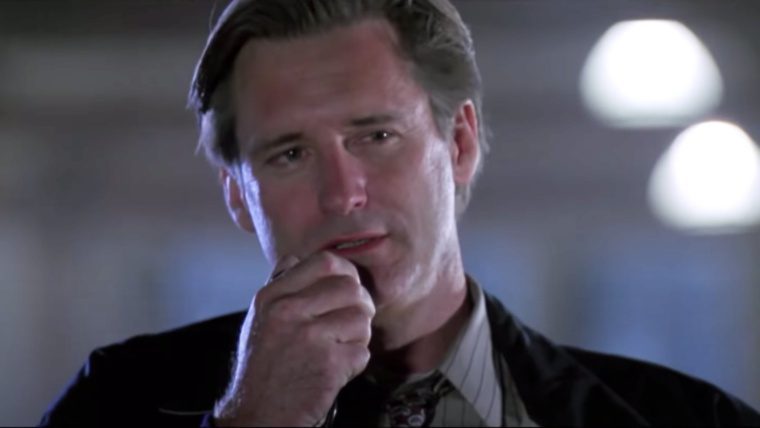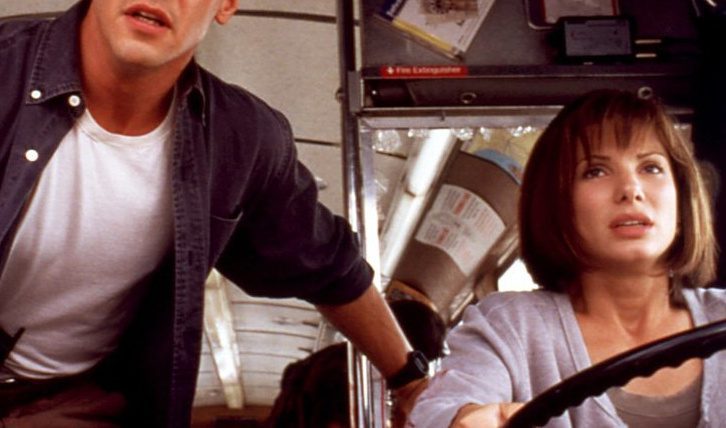
Here at the Blue Whiskey Independent Film Festival, our mission is to provide a platform for innovative filmmakers that present unique stories and characters to an audience, even when they don’t have the large financial backing of a major studio. These filmmakers rely on their creativity and courage to make their vision a reality. As for the last couple of years, these kinds of filmmakers and films have been the direct result of the rapid wildfire that is the indie cinema landscape. This particular type of cinema has just about taken over Hollywood as well as the rest of the world in such a short period of time. So the question: is how did this all of this happen so quickly?
Originality is a trait that all moviegoers can get behind as for what they look forward to when going to see any genre of film, and this is what indie films have been sharing with their audiences. This typically starts with the stories on paper and the person behind the camera that brings these stories to life. In a day and age of big budgets, reboots, and an endless amount of superhero franchises, these original stories from new and creative directors are extremely refreshing. What goes hand in hand with originality is the creativity and audacity that is brought to the table. Whether that be the director’s style, the characters, or the story itself, each element that gets brought to the screen puts people in the seats. This is especially true with how big word of mouth is now, via social media platforms like Twitter, Facebook, and Instagram.
These films have to get made somehow, and the studios that are backing these filmmakers and films are the rise of production studios such as A24, Greenwich Entertainment, and Annapurna Pictures. The obvious two that stick out the most are the streaming services that are Netflix and Amazon. Both of these streaming goliaths have been known for their television shows, but are now going as far as purchasing and developing their own original movies. Considering how big the activity of “bingeing” has gotten, it’s an easy decision for both Netflix and Amazon to start bringing these films to the consumers’ television screens. Netflix has recently put out some of their own original films, like Beast of No Nation (2015, Cary Fukunaga), Imperial Dreams (2014, MalikVitthal) and Okja (2017, Bong Joon-ho). Amazon recently purchased the Sundance Film Festival darlings like Manchester by the Sea (2016, Kenneth Lonergan) and The Big Sick (2017, Michael Showalter). Broad Green Pictures and A24 have not been around for longer than five years, but have quickly made a name for themselves with the films that they have financed and distributed as of late. Broad Green has backed two Terrence Malick projects since they were founded in 2014: Knight of Cups (2015) and Song to Song (2017). Both films have been star studded with the likes of Christian Bale, Natalie Portman, Cate Blanchett, Michael Fassbender, Ryan Gosling and Rooney Mara. To have that much star power in two different films directed by an acclaimed auteur is a monumental deal for a smaller production studio and the larger indie film scene as a whole. A24 seems like they have been putting out hit movie after hit movie for the last decade or so, but their rise to prominence has only taken five years since they were founded in 2012. Since that year they have been behind Oscar winners such as Moonlight (2016, Barry Jenkins), Room (2015, Lenny Abrahamson), and Ex Machina (2015, Alex Garland). As for films that will be distributed by them this year that have already started early whispers for Oscar nominations are The Disaster Artist (James Franco), The Florida Project (Sean Baker) and Killing of a Sacred Deer (Yorgos Lanthimos).
As mentioned before, we like to consider BWiFF a platform and a launching pad for these filmmakers and films to get their polished work out there and draw more buzz for their projects, both current and future. This is what has become such a driving force for these smaller films and filmmakers to make a name for them by debuting at a plethora of different film festivals around the world. At the top of the food chain is the Cannes Film Festival that has been the premiere film festival since it originated back in 1946. Notable films that have debuted at Cannes include Apocalypse Now (1979, Francis Ford Coppola), The Conversation (1974, Francis Ford Coppola) and Pulp Fiction (1994, Quentin Tarantino). This year debuted some of the films I have alluded to like Okja, The Florida Project and Killing of a Sacred Deer as well as Sofia Coppola’s The Beguild. Most of the films that are well received at the festival tend to debut later in the year in the U.S. to draw and market for Oscar buzz. Other notable film festivals that take place in the United States are the Sundance Film Festival, Tribeca Film Festival, Chicago International Film Festival, and Seattle Film Festival. Sundance is probably the most notable festival in America, and for good reason, as the festival is a prime destination that premieres some of the best and most influential films of the year. It is also a huge place for films to pick up distribution rights. Manchester by the Sea was purchased by Amazon last year for nearly $10 million and The Big Sick for nearly $12 million this year. Netflix didn’t miss out on the action this year by also purchasing notables such as The Berlin Syndrome (Cate Shortland) and The Discovery (Charlie McDowell). Just north of the border is another highly regarded festival; the Toronto International Film Festival. Moonlight was the biggest winner that came out of the festival last year, and there will be a number of films this September that will look to duplicate that same kind of success.
Each one of these festivals that debut these films from all over the world create a heavy amount of buzz throughout the year, and it is that buzz that solidifies what will be success at the box office, awards shows, or even both. But where on earth does most of this buzz come from at these festivals? That would be the film journalists and critics that have seemed to infiltrate our decision making on films that we want to see, as well as the ones that we don’t. Their influence has steadily grown with how much the general audience views and highly regards Rotten Tomatoes, IMDb, and Metacritic scores. Bigger movies these days have even started to market that they are certified fresh on Rotten Tomatoes or film critics’ excerpts that praise the films. These journalists and critics make up a good majority at these festivals, and are a primary resource to put their opinions out on a social media format that can almost make or break a film once it finally debuts to the public.
Another draw that pulls the audience in to these indie films are some of the big names or rising actors that have taken risks to star in smaller films that provide memorable and complex characters. Knight of Cups and Song to Song graced the screen with some of the biggest names in Hollywood, but the most notable performances have come from rising actors that have taken home hardware from the Academy Awards the past two years. Among those are Brie Larson (Room), Casey Affleck (Manchester by the Sea) and Mahershala Ali (Moonlight). Actors have started to see the light on how these films can put them back on the map. Brie Larson was most recently in the box office smash hit Kong: Skull Island (BWiFF alum Jordan Vogt-Roberts, 2017) and will be Captain Marvel in 2019. Casey Affleck even stayed in the indie landscape for the A24 production and 2017 Sundance beloved, A Ghost Story (David Lowery, 2017). Ali has taken his success with Moonlight and turned it into a mainstream role such as Netflix’s TV series Luke Cage and is in early talks to star in season 3 of HBO’s True Detective.
Even with the debacle of the 2017 Academy Awards announcement of Best Picture, they have had a massive influence on some of these indie films that receive acclaim from the Academy. Most notably would be that 2017 Best Picture winner, Moonlight. Prior to the win, Moonlight had grossed just a tad more $22.2 million domestically and at the time was the lowest-grossing Best Picture nominee. Once they were finally confirmed the winner they became the lowest budgeted Best Picture winner ever at an estimated $1.5 million. They have turned that miniscule budget into over $65 million at the box office worldwide. Indie films such as Moonlight seem like they will stay put at these awards shows, and once they received their well-deserved recognition from them that will only help them flourish at the box office.
To witness the swift rise of indie cinema, as well as to see it continually develop and blossom into the powerhouse that it has become, has been something to behold. Indie cinema has indeed found its place in Hollywood as well as the rest of world, and I don’t see the wildfire it has set ablaze on the industry being put out any time soon.
Melanie Medler contributed to this article with updates on August 5, 2024.


